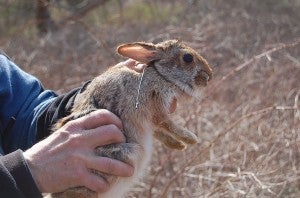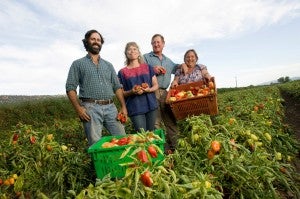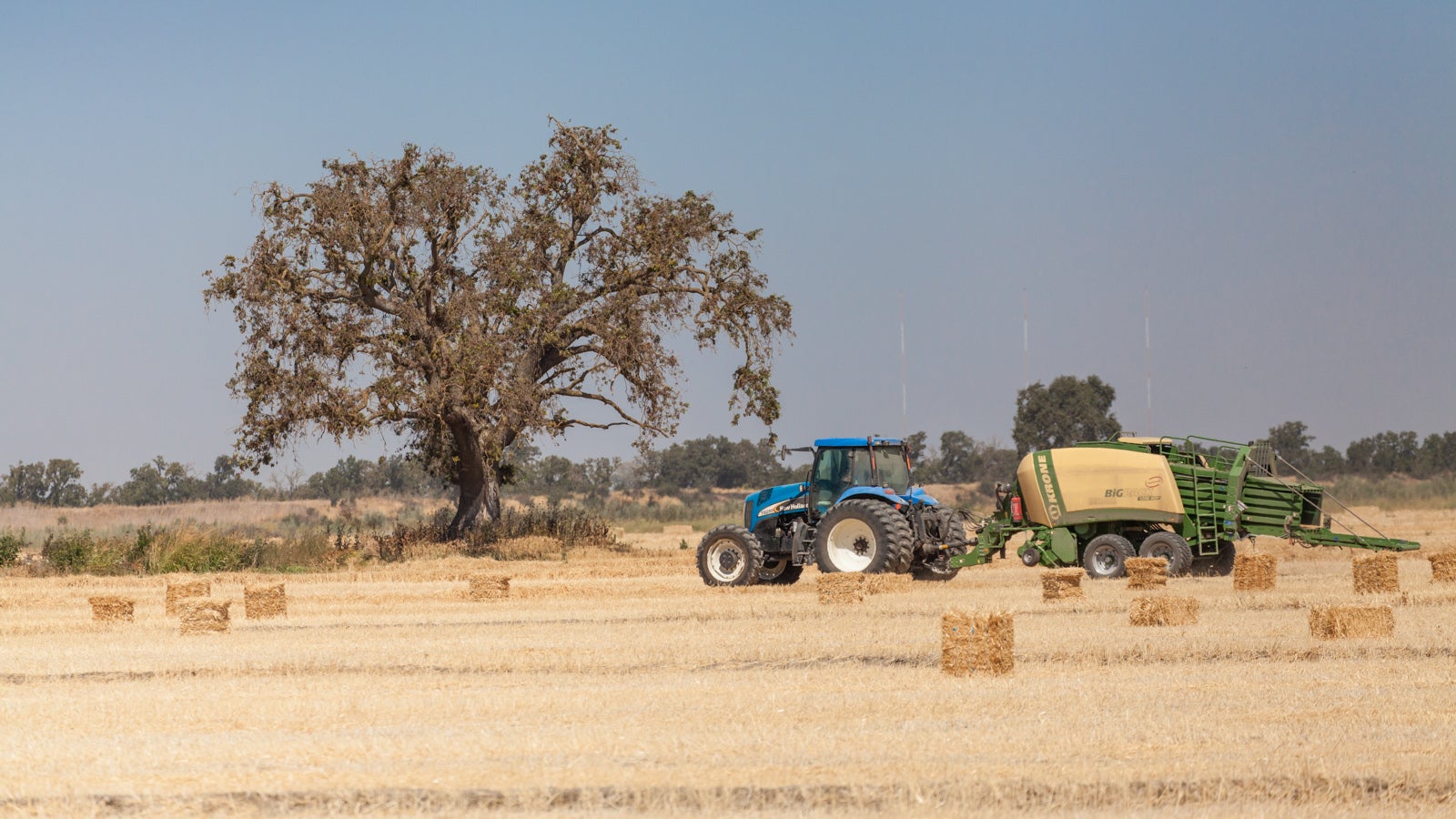Saturday marked a new chapter in a years-long rabbit’s tale.
Of course I’m talking about the New England cottontail, which, until this week, was a candidate for listing under the Endangered Species Act.
Thanks to the work of private landowners, conservation groups, tribes, and state and government agencies, the U.S. Fish and Wildlife Service has decided to remove this critter from the candidate list and declare that it’s well on the path to recovery.
A team effort
The growth of the New England cottontail population was a team effort, with important contributions from state wildlife departments, the U.S. Fish and Wildlife Service, U.S. Department of Agriculture (USDA) Natural Resources Conservation Service (NRCS) and conservation organizations.
But the most important contribution came from farmers and forestland owners who committed to managing the specialized habitat of the New England cottontail. Read More









